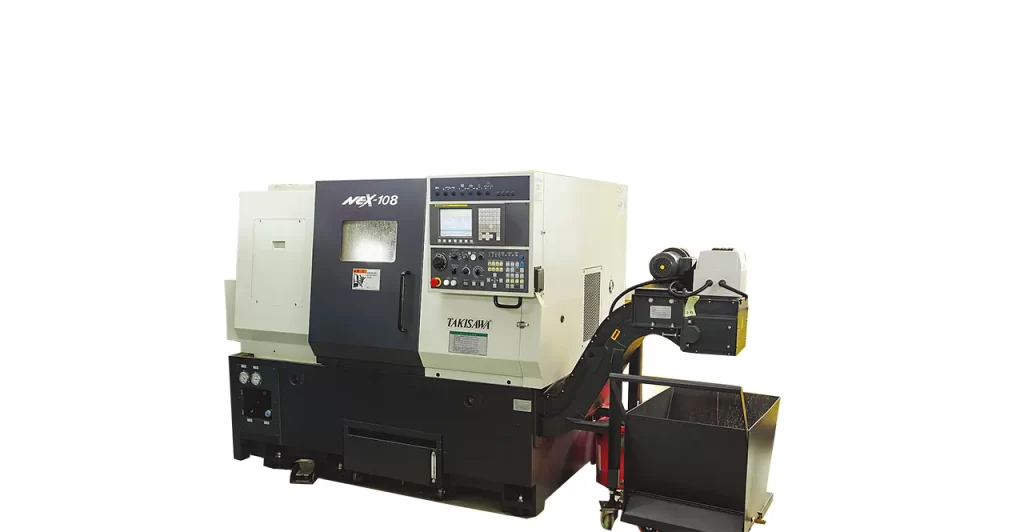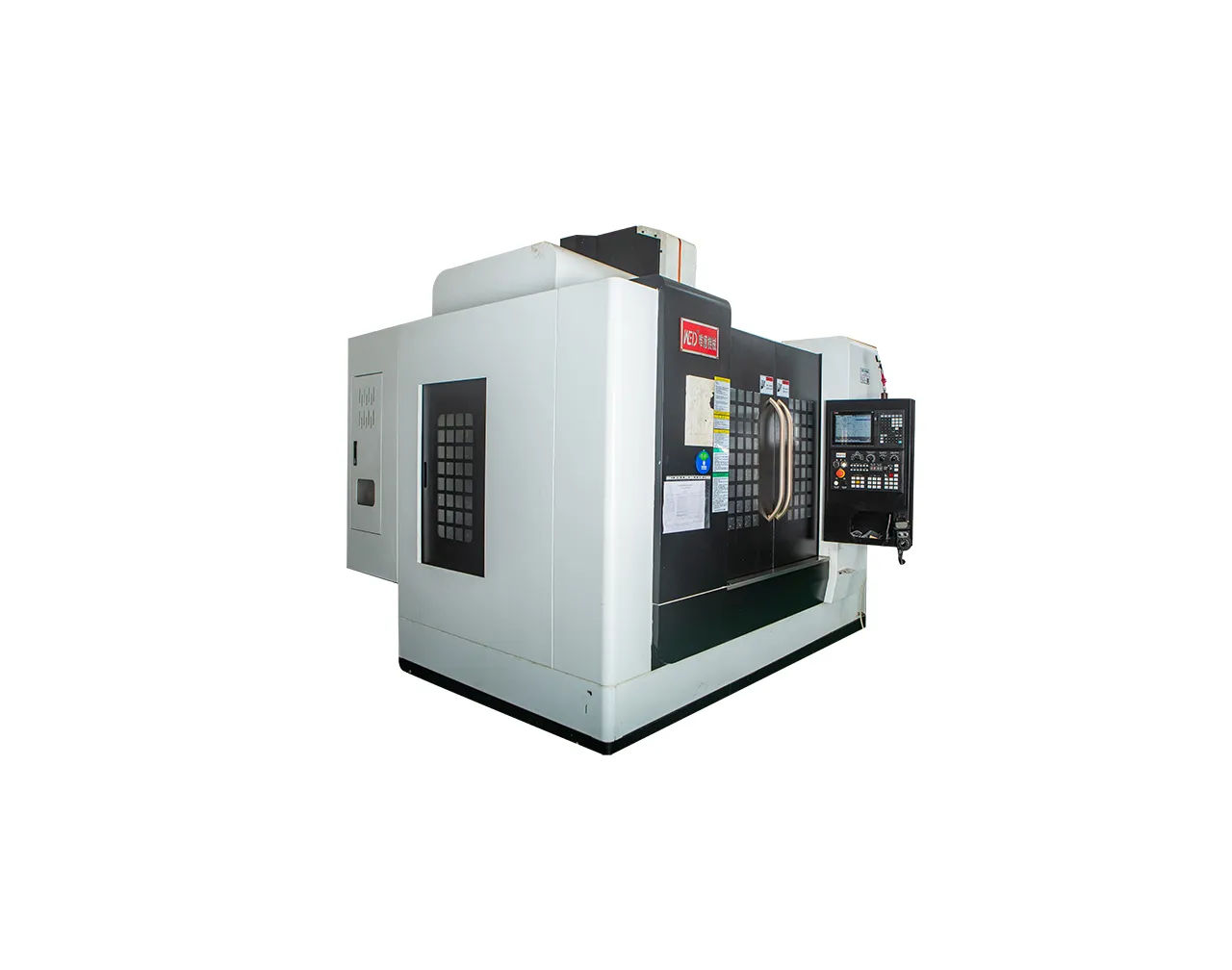the differences between custom precision CNC milling and turning
What is Computer Numerical Control ?
Computer digital control (CNC) machines are often called numerical control precision machining, which refers to the use of computer programming to automate the control of machine tools. It enables precise and efficient machining operations, including CNC milling and turning, by guiding cutting tools and workpieces according to predefined instructions.

What do CNC milling and turning have in common?
| No. | Similarities | Description |
| 1 | CNC Control | Both milling and turning processes can be performed using CNC machines,offering precise control and repeatability. |
| 2 | Material Compatibility | CNC Milling and turning can be applied to a wide range of materials, including CNC metal machining, CNC plastic material, and CNC machining ceramic. |
| 3 | Cutting Tools | Both CNC milling and turning processes employ cutting tools to remove material from the workpiece. These tools may include drills, end mills, and lathe tools, among others. |
| 4 | Chips of waste | Both machining methods produce chips of waste as the tools process the desired features. |
What are the Difference between CNC Milling vs Turning?
| Item | CNC Milling | CNC Turning |
| Method | Milling, on the other hand, involves the rotation of a milling cutter while the workpiece remains stationary. The cutting tool moves along multiple axes, guided by the CNC machine, and removes material from the workpiece to create the desired shape. | Turning involves the rotation of the workpiece while a cutting tool is used to remove material. The workpiece is clamped in a chuck and rotated, allowing the cutting tool to make contact and shape the material. |
| Machine | Milling Machine | Lathe |
| Machine | a multi-point cutting tool | a single-point cutting tool |
| Feed Motion | Workpiece moves | Cutting tool moves |
| Feed Motion | Manufacturing of flat and contoured surfaces, such as mold and die. Creation of intricate and custom precision parts, including slots, contour machining, gears, brackets, and prototypes. |
Production of cylindrical components, such as bolts, shafts, rods, and bushings. Creation of rotational symmetrical parts, like pulleys and gears. |
CNC Turning and milling are two key processes in precision machining. While turning is suitable for cylindrical parts and rotational symmetry, milling is versatile in creating complex shapes and precise contours. Both processes can be performed using CNC machines, offering precise control and compatibility with various materials. The choice between turning and milling depends on factors such as the desired part design, material properties, and project specifications.

The key process of CNC precision machining
Whether you’re looking for CNC turning, CNC milling, or any other precision machining services, the components you need must be of the highest quality and built to stand the test of time.This is where U-Need can help. We’ve amassed over 30 years of machining experience in producing custom precision parts. To learn more about our machining services, please link to: CNC Machining Techniques
We are able to deal with orders of all shapes and sizes – whatever you need, we can make it. To find out how U-Need can help you with your custom precision parts needs, please contact us (E-mail: info@uneedpm.com).
